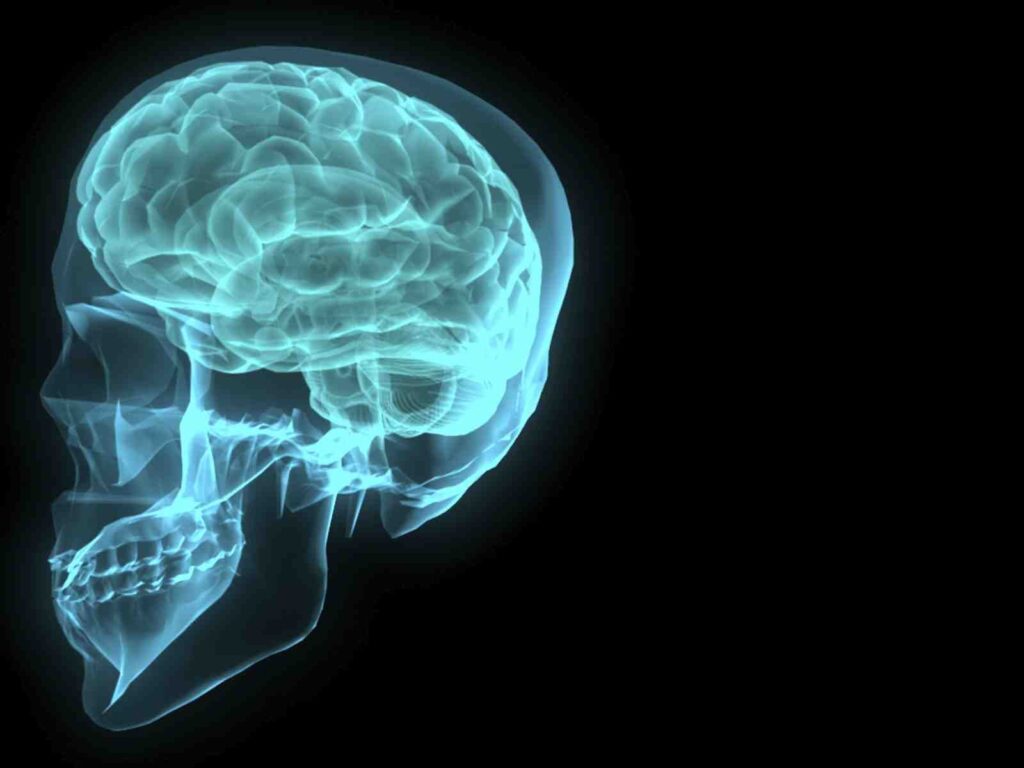"Creative (Right-Brain) people can attain their goals!"
"Creative people use the RIGHT side of their brains more than the LEFT"
"Do you get bored when teachers lecture too much?... If so, you may be right-brain dominant"
All typical statements about the brain drawn from the internet... All based on a myth.
There's a modern myth of learning that certain complex mental tasks are dealt with exclusively by one side of the brain or the other. In particular, the right-hand side of the brain is portrayed as the seat of creativity. This usually leads, through a cascade of illogic and self-interest, to the conclusion that you will suffer if you do not make full use of the creative, right side of your brain, and that – conversely – unleashing the creativity dormant in this hemisphere will have dramatic effects on your learning.
Left brain, right brain... it's a no brainer
Like previously examined myths (You only remember 10% of what you read, and you only use 10% of the brain) this has a pseudo-scientific aura about it. Like them, it also brings clarity to a vague feeling. In the other myths, this clarity comes from the addition of a spurious number to an experience: because it includes a percentage "You only remember 10% of what you read" (false) sounds more scientific and believable than "you may learn certain things better by doing them rather than by reading about them" (true). The left/right brain myth includes no spurious statistic, just a dichotomy: you are either left-brained/logical or right-brained/creative. Where did this myth spring from?
The science bit
Since Paul Broca in 1861 identified an area of the brain critical to articulate speech (Broca's area) we have known that certain parts of the brain are responsible for particular, specific activities rather than the whole brain being required. Over the following century, painstaking work established a number of these localised areas of brain function and then in the 1960s Roger Sperry began what became known as the split brain experiments.
At the time severe epileptics were frequently treated by cutting the corpus callosum that links the two hemispheres of the brain, reducing the excessive electrical activity between the two halves which is one of the key causes of the complaint. Sperry researched patients following these experiments and found that while their brains continued to function, the patients' separated hemispheres had different specialised abilities. The left's was mainly related to language, maths and logic, the right's to spatial perception, face recognition, visual imagery and music.
The problem is that interpreting the results of this surgery is more complex than carrying out the initial operation, as neurophysiologist Professor William H Calvin points out in his essay 'The Throwing Madonna'. This is not least because of the special nature of the patients. Most of them had been epileptics since childhood, during which the brain is most plastic than in later years. In the young, brain function can move from a damaged area of the brain to another area, crossing hemispheres in the process. The result, notes Calvin, is that:
"Split-brain patients may be excellent candidates for studying the ability of functions to migrate from one hemisphere to the other during early childhood, rather than excellent candidates for inferring the separate abilities of the two hemispheres."
Indeed, later experiments have shown that brain function uses both hemispheres of the brain in a complimentary way. This became clear using sophisticated brain scanning techniques unavailable to Sperry on a variety of volunteers, not only severe epileptics. John McCrone, in New Scientist, describes how the brain processes language, according to Joseph Hellige a psychologist at the University of Southern California:
"Under the scanner, language turned out to be represented on both sides of the brain, in matching areas of the cortex. Areas on the left dealt with the core aspects of speech such as grammar and word production, while aspects such as intonation and emphasis lit up the right side."
The myth makers
This development however, has passed by the myth makers who fixed on the simple notion that one side of the brain is wholly responsible for complex activities such as listening or creativity. This is usually coupled with the idea that in any individual one hemisphere or the other of the brain will be dominant. The result: the concept of left and right-brainedness expressed in the idea that our dominant logical left brain was repressing our creative right brain to the detriment of our learning ability. This myth has spawned a wide variety of learning materials. Much of it is self-serving nonsense.
On the other hand, just because a book mentions right- or left-brain dominance and creativity does not make it bad in itself. 'Drawing on the Right Side of the Brain' by Betty Edwards, for example, is an excellent book. If you don't believe you can draw, buy this book, do the exercises faithfully, and you will be amazed at the results. It works. The relaxation techniques and the visualisation methods described all help the reader get into the right state of mind to see an image clearly and then to draw it.
Betty Edwards used her considerable experience as an art teacher (she was 48 at the time) to write this book based on developing not drawing techniques, but five key perceptual skills to enable individuals first to see well, and then to draw. And, undeniably, it works. Does it matter, then, if the premise behind the title and some of the text surrounding Edwards' exercises is not entirely scientifically accurate? Doesn't the end justify the means?
There are two answers to this. The first is that if the material is good enough, you don't need the pseudo-science. Edwards' book could as easily have been called 'Draw Well in 20 Days', or 'I'll Bet You Can Draw!', or anything else. With a less sciency-title, it might not have sold as many copies initially, but the material is good enough for it to have become a classic anyway.
The second answer is that it was an honest mistake. Sperry received his Nobel Prize for the split brain experiments in 1981, two years after Edwards' first edition. At this time the idea that creativity was a right-brain activity was common place, and must have seemed a reasonable explanation for why her very effective classroom teaching worked. But the story has an interesting sequel. Whatever the title and contents of the book may have been when it was first published in 1979, Edwards now makes no claims about the location of creativity in the brain:
"Betty Edwards has used the terms L-Mode and R-Mode to designate two ways of knowing and seeing - the verbal, analytic mode and the visual, perceptual mode - no matter where they are located in the individual brain."
It seems as if – to her credit – Edwards has altered her approach in the light of our growing understanding of how the brain works. Not everyone has done the same. There are still plenty of suppliers of education and training materials using the myth of the creative right side of the brain. A supplier of children's educational materials calls the right brain creative, intuitive and you can buy a book of exercises 'for the creative side of your brain'. Some of this material may be excellent, like Betty Edwards' book. But like Edwards' book, if it's good enough, it shouldn't need the pseudo science. There are plenty of problems with this sort of sloppy thinking. Here are two.
First, it does the learning and development community as a whole no good at all. We all get tarred with the same brush. To the many who know the reality of the situation, we appear either as a bunch of air-heads who don't understand the science or, worse, as greedy individuals who know how people really learn, but ignore it to make a quick buck.
It's all in the tea leaves...
Second, step into pseudo-science, and you'll be in some pretty interesting company. If the title of Margaret Ruth's column in the Huffington Post doesn't give it away – Right brain thinking is the hottest new fad! Ways to enhance your intuition – then the invitation to 'read more' with links to aura reading, boards, crystal ball, numerology and tasseomancy (tea leaf reading) among others might make you think about the company you want to keep.
We can't call ourselves a profession if we unthinkingly recycle myths that are nearly 30 years old. L&D professionals need to keep up to date and to renounce pseudo-science. If our material is good enough, it just isn't necessary and using it makes us look – individually and collectively – unprofessional.
I leave the final word to a quote from experimental psychologist Professor Michael Corballis of the University of Auckland (thanks to Leon Stander for this):
"The main difficulty is that reference to the brain can be seen as a legitimizing force that gives scientific credence to dubious practices... The problems arise when we allow myth to escape from scientific scrutiny and become dogma, and when dogma creates financial opportunities for charlatans and false prophets. That is what I think has happened with the left brain and the right brain."
Donald H Taylor is chairman of the Learning and Skills Group and the Learning Technologies conference. He blogs at www.donaldhtaylor.co.uk










